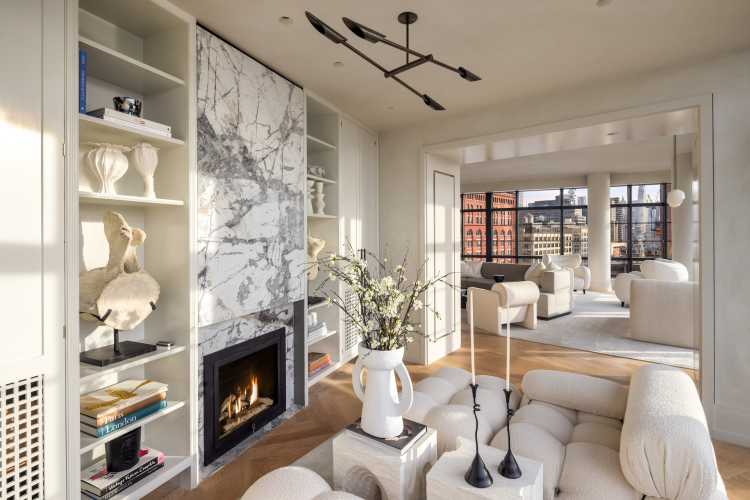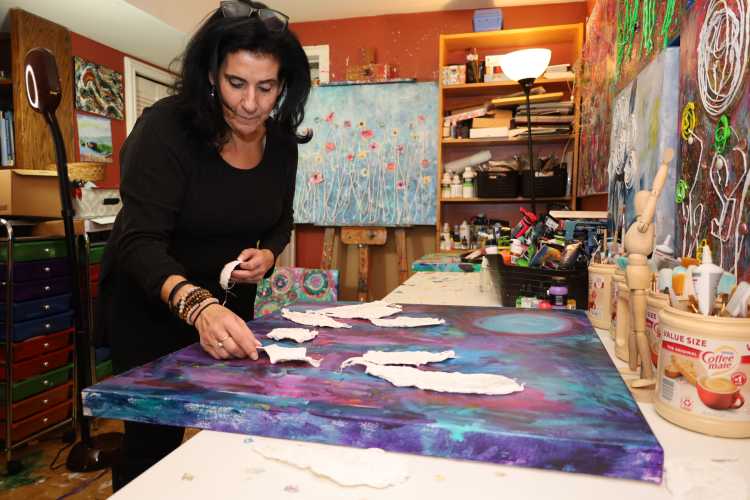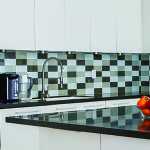Aesthetics have long played a role in the creation of fine furniture, yet the decorative arts are often considered inferior to fine art. Today, studio and art furniture makers like Sag Harbor’s Nico Yektai are showing collectors, curators and interior designers that usefulness and good art are no longer mutually exclusive.
“The idea that a piece of furniture could be a vehicle for artistic exploration is not foreign to me,” Yektai says, explaining that his father, abstract expressionist painter Manoucher Yektai, introduced him to the boundless wonders of art at a young age, and it remained a central part of his world.
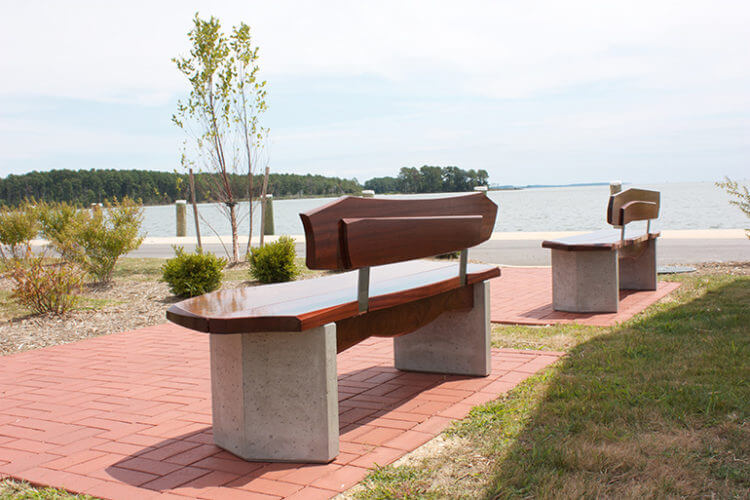
While his younger brother Darius followed their father’s path to painting, Nico unlocked his creativity working with wood–first building tree houses before eventually landing on the visually sophisticated and solidly built one-of-a-kind benches, tables and chairs he now makes for a wide range of clients and collectors. Since the beginning, Yektai instinctively understood his work transcended function or design.
Early in his journey as a contemporary maker, during his graduate studies at Rochester Institute of Technology’s School for American Crafts (SAC), Yektai visited the widow of late furniture artist Wharton Esherick on a school trip and learned that the master woodworker signed all his pieces, like a painter signs a canvas. “The minute I saw how he signed his work, I thought, that’s it,” he recalls. “I did that from the start.”
Yektai honed his skills in traditional crafts disciplines at SAC, where he was taught the credo “craftsmanship first.” Students were encouraged to create whatever they could imagine, as long as it was done well. “I was like a sponge,” Yektai says, admitting his skills were pretty rough when he got there, but he had the necessary patience and dexterity to thrive. “I was able to get it quickly.”
As he left school and set out on his own in 1995, Yektai wanted to use new materials to make outdoor benches that could handle the ravages of time and the elements–something for which he’s now well known. The young artist turned to concrete and went about learning everything he could about shaping and coloring what would become a signature part of his oeuvre.
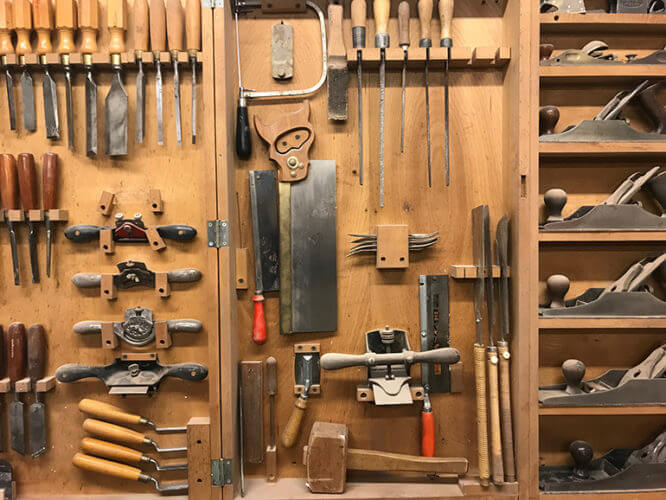
After three or four years, he gained expertise in “the science of the mix” and the counter-intuitive practice of “working inside out” on foam and wooden molds, creating negative space to fill with concrete.
Works such as Yektai’s concrete and wood “Wave” benches offer a wonderful balance of natural and man-made materials in clean, physics-defying compositions. But close inspection of each unique bench reveals vestiges of the artist’s hand and things left to chance, such as random air-bubble pits in the otherwise smooth, concrete base.
“I don’t mind the honesty of my materials,” Yektai says, pointing out imperfections as an important part of his final product, making it unique from any others in the series. “I could fill them,” he says, but “When something doesn’t come out perfectly, it helps nudge what comes next. These things help me come off of my best laid plans.”
Yektai rarely sketches ideas, preferring instead to make small, almost dollhouse sized maquettes of furniture he hopes to build. But he also works like a fine artist, learning to adapt and evolve, making changes during the creation process. Still, the conceit of a bench or a table or a chest of drawers helps Yektai move ahead with any given project. “Function doesn’t limit me, but actually sets me free,” he says, noting later, “It gives you a starting point.”
Over the past decade, Yektai has also made purely sculptural forms with no function. “They were difficult for me,” he says, pointing to a small model of his wooden sculpture, “Helix,” in his Sag Harbor studio. “In the end it was craftsmanship that helped me get organized in the absence of function,” Yektai explains, noting that the sculpture ultimately informed his approach to functional pieces in a totally new way. “In general, that’s the reward of going outside my comfort zone–it improves everything that I do.”
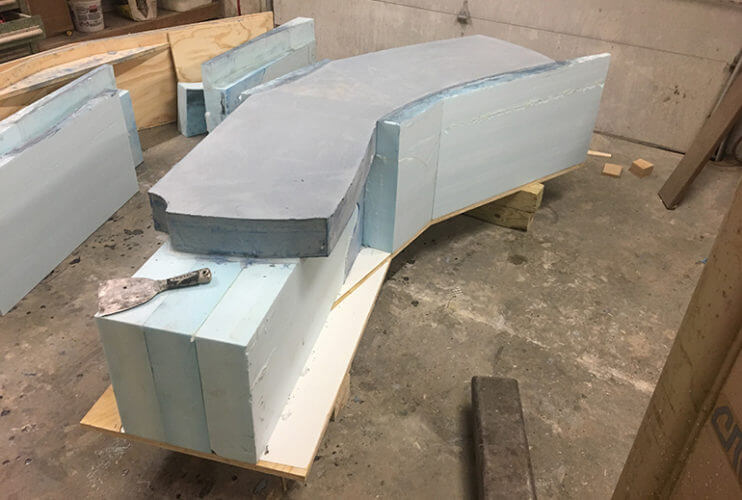
These skills are especially helpful when Yektai is creating objects for clients, often solving design problems or completing a room for homeowners in need of a solution. He describes making pieces to suit any need, designing furniture to welcome people or even whisk them out the door.
And no matter what he creates, Yektai always leaves his mark, whether it’s the signature he carves or the imperfections acknowledging his hand at work. “It’s a record, and it shows I can’t be replaced,” he says. “I want to have evidence that I was there.”


